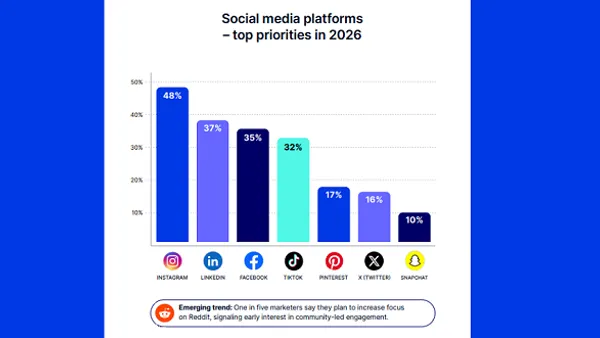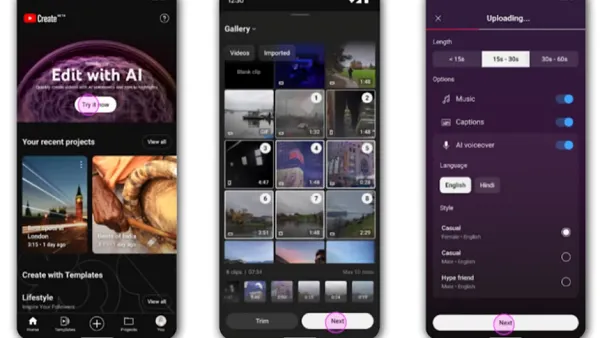Albert Maruggi and I have started working with a new client, a brand new Web start-up, and we're already seeing some folks mentioning the client on blogs and in Twitter conversations. Beyond that, we'll obviously be working with a Web-savvy crowd, so having a strong presence in these online communities is important.
"Being on Twitter," then, is a given. When we have four people on the team, both at our firm and at the client company, who are actively monitoring and interacting via Twitter, the challenge is how to work with a single account profile while still conforming to these amorphous norms that "govern" the Twitter community.
The CEO of Client made sure, early on, to sign up for a Twitter account with Client as the username. A good start. The @Client Twitter profile hadn't been used much yet, though, because building their product, their Web platform, has been the focus of their energy. So we're basically starting from a blank slate.
However, as individuals, those of us on the "Twitter team" are fairly active Twitterers under our own names. That's an asset, as we each have a fair amount of rapport and credibility built up. We've demonstrated, at least to some extent, that we "get it." We're not just swooping in to "do some PR," "drive some traffic" and move on to the next thing.
It's a good thing to have so many people interacting on behalf of the client, and we'll all surely continue to do so under our own names. But for some of our work, we'll need to operate under the obvious and official @Client profile. The challenge is to make sure the people we're talking to know who they're talking to. Personality and identity on Twitter, as is the case just about anywhere, are important.
So how do we plan to handle this? Well, for starters, we want to make it clear that the profile is staffed by a team - even going to far as to change the display name to "Client.com Team." Additionally, we'll change the brief bio section to say something to this effect:
Info about Client.com and [the subjects dear to their hearts], from @[ClientCEO], @albertmaruggi and @mjkeliher.
We'll also make a habit out of signing our tweets with our first name or our initials, so people will know who wrote each one. For example, my tweets might look like this:
Client: Client.com is looking for usability testers. If anyone in the Twin Cities area is interested, let us know. -MJK
I stole that trick from the team that twitters for NPR's "Bryant Park Project." All good ideas are made to be stolen, right?
Speaking of which, we'll round out the tactics for twittering as a team (alliteration!) by using the all important URL field of the Twitter profile to paint a full picture of the twittering team. Laura "Pistachio" Fitton was the first person I saw do this. The URL field of her Twitter profile points to a page on her site that serves one purpose: welcome people who have checked out her Twitter profile and explain a bit about who she is and what she does.
In the case of my client, we'll have a page that explains, in very personable, conversation language (sadly, a scarcity in the worlds of PR and marketing) who we are and why we're twittering as @Client. After all of the above, it will hardly be new information, but it is an opportunity to put a little more meat on the bone and offer more detail and color than the miniature Twitter profile section allows.
Have you done anything similar to this? What's your approach? Any ideas to improve this method? I'm eager to hear some other insights.
"Teamwork" courtesy of DavidBole on Flickr
Link to original post









